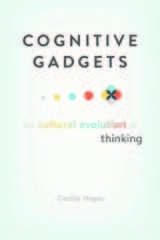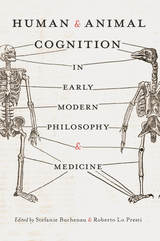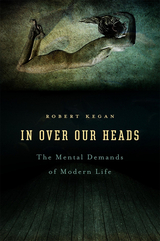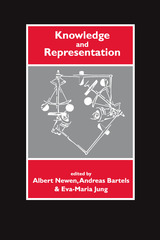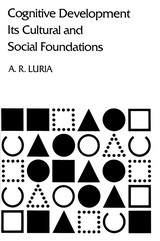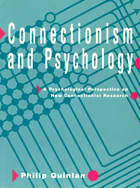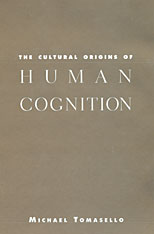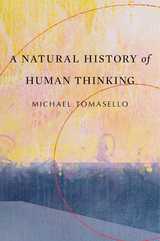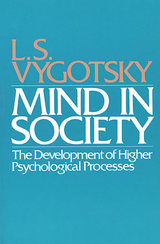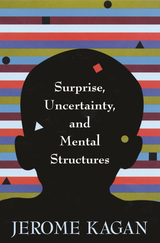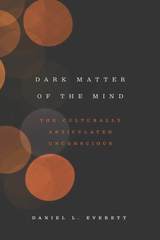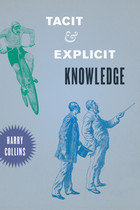Connectionism and Psychology: A Psychological Perspective on New Connectionist Research
University of Chicago Press, 1991
Cloth: 978-0-226-69960-8 | Paper: 978-0-226-69961-5
Library of Congress Classification BF311.Q57 1991
Dewey Decimal Classification 153
Cloth: 978-0-226-69960-8 | Paper: 978-0-226-69961-5
Library of Congress Classification BF311.Q57 1991
Dewey Decimal Classification 153
ABOUT THIS BOOK
ABOUT THIS BOOK
The rapid growth of neural network research has led to a major reappraisal of many fundamental assumptions in cognitive and perceptual psychology. This text—aimed at the advanced undergraduate and beginning postgraduate student—is an in-depth guide to those aspects of neural network research that are of direct relevance to human information processing.
Examples of new connectionist models of learning, vision, language and thought are described in detail. Both neurological and psychological considerations are used in assessing its theoretical contributions. The status of the basic predicates like exclusive-OR is examined, the limitations of perceptrons are explained and properties of multi-layer networks are described in terms of many examples of psychological processes. The history of neural networks is discussed from a psychological perspective which examines why certain issues have become important. The book ends with a general critique of the new connectionist approach.
It is clear that new connectionism work provides a distinctive framework for thinking about central questions in cognition and perception. This new textbook provides a clear and useful introduction to its theories and applications.
Examples of new connectionist models of learning, vision, language and thought are described in detail. Both neurological and psychological considerations are used in assessing its theoretical contributions. The status of the basic predicates like exclusive-OR is examined, the limitations of perceptrons are explained and properties of multi-layer networks are described in terms of many examples of psychological processes. The history of neural networks is discussed from a psychological perspective which examines why certain issues have become important. The book ends with a general critique of the new connectionist approach.
It is clear that new connectionism work provides a distinctive framework for thinking about central questions in cognition and perception. This new textbook provides a clear and useful introduction to its theories and applications.
See other books on: Cognitive Psychology & Cognition | Connectionism | Psychological Perspective | Psychology
See other titles from University of Chicago Press



